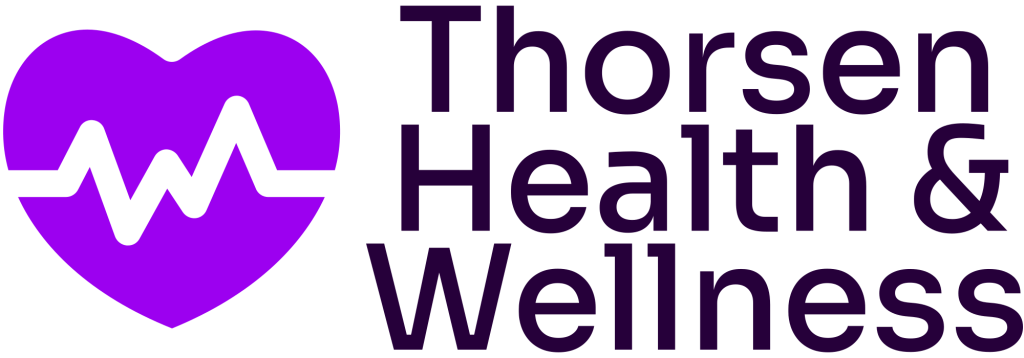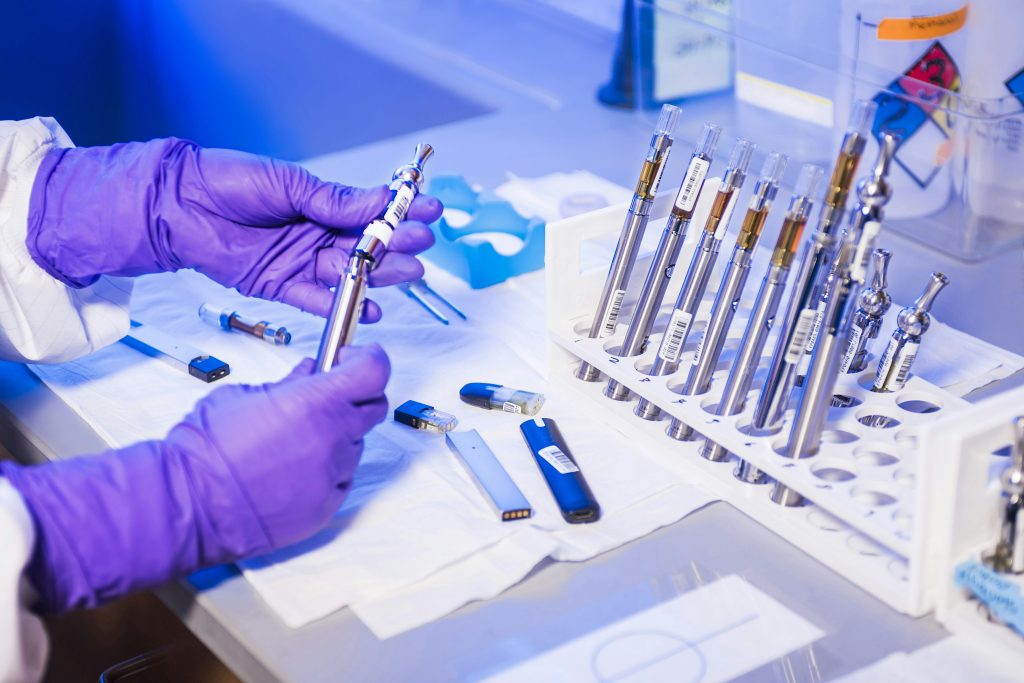Clinical trials are systematic investigations conducted in phases to evaluate the safety, efficacy, and potential side effects of new medical treatments before they can be approved for general use. Each phase serves a specific purpose, and understanding these phases is crucial for both researchers and participants.
Phase 1: Safety Testing
The first phase of a clinical trial focuses on assessing the safety of a new treatment in a small group of healthy volunteers or individuals with the condition being studied. Researchers determine the appropriate dosage, identify potential side effects, and monitor how the treatment interacts with the human body. Phase 1 trials are essential for establishing a safe starting point for further testing.
Phase 2: Efficacy Testing
In Phase 2, the focus shifts to evaluating the efficacy of the treatment in a larger group of participants who have the condition being studied. This phase aims to determine whether the treatment has the desired therapeutic effect compared to a control group that may receive a placebo or standard treatment. Researchers continue to monitor safety and side effects while gathering preliminary data on effectiveness.
Phase 3: Large-Scale Testing
Phase 3 trials involve a larger population and further evaluate the treatment’s efficacy and safety across multiple sites. These trials often include hundreds to thousands of participants and aim to confirm the treatment’s effectiveness, monitor side effects, and compare it with existing standard treatments. Phase 3 trials provide critical data that regulatory authorities use to decide whether to approve the treatment for widespread use.
Phase 4: Post-Market Surveillance
After regulatory approval, Phase 4 trials continue to monitor the treatment’s safety and effectiveness in real-world settings. These trials involve long-term follow-up studies and may identify rare side effects or interactions not detected in earlier phases. Phase 4 trials help ensure ongoing safety and provide additional data on the treatment’s benefits and risks.
Conclusion
Understanding the phases of clinical trials is essential for navigating the process as a researcher or participant. Each phase serves a unique purpose in advancing medical knowledge and ensuring that new treatments meet rigorous safety and efficacy standards before becoming available to the public. By following these phases, researchers contribute to the development of innovative therapies that can improve patient outcomes and quality of life.
This blog post aims to provide a clear overview of the clinical trial phases while adhering to the website’s focus on clinical trials and avoiding specified terms.

